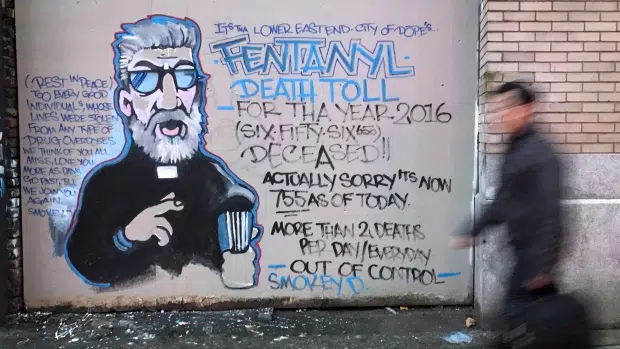
More than 50 fatally overdosed in Nanaimo in 2017 as death toll hits staggering new high
NANAIMO — The runaway train of fatal overdoses in Nanaimo doesn’t show any signs of stopping soon.
The latest release from the BC Coroners Service on Wednesday, Jan. 31, showed 51 people passed away from overdosing on illicit drugs in Nanaimo in 2017.
The final 2017 statistics greatly exceeded the previous high of 29 fatalities in 2016.
Across the province, 1,422 people lost their lives in what chief coroner Lisa LaPointe called “the most tragic year ever.” The number represents a 43 per cent increase compared to overdose related deaths in 2016.


